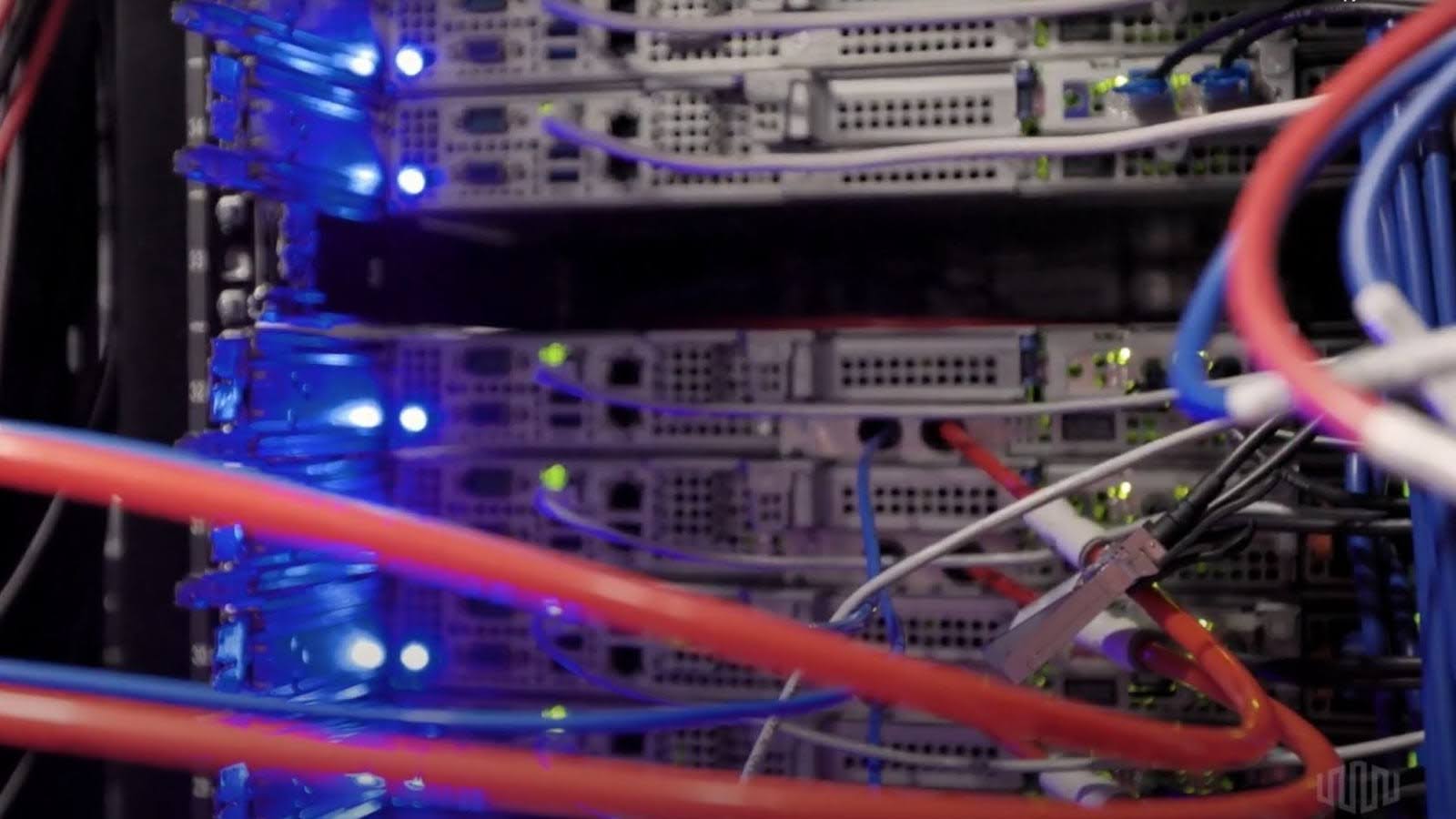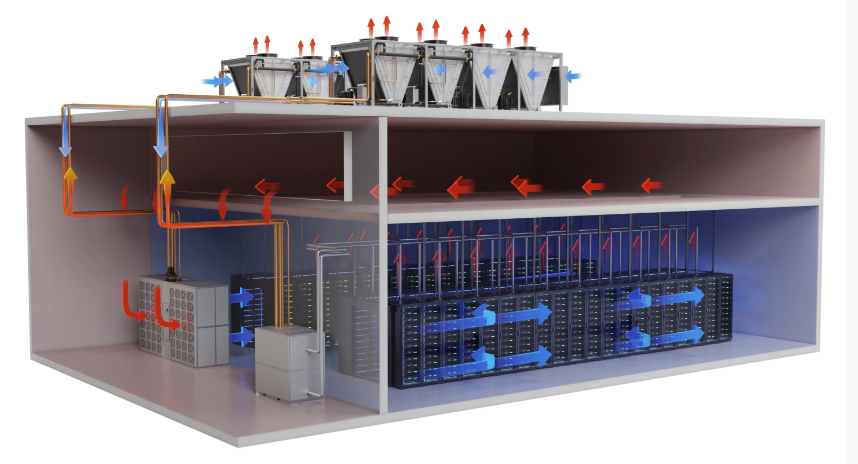3 min read
Air Cooled vs Liquid Cooled Server Racks and Data Center ROI
As servers push the boundaries of power and processing, cooling systems must evolve to handle the heat. Traditional air cooling systems, which rely...
3 min read
 Alison Deane
:
Oct 18, 2024 8:04:56 AM
Alison Deane
:
Oct 18, 2024 8:04:56 AM

As data centers grow to meet the increasing demands of AI, machine learning, and high-performance computing, legacy cooling solutions cannot keep up. Traditional air cooling systems struggle to manage the heat generated by these workloads, leading operators to turn their attention to liquid cooling as a more effective alternative.
Among the advanced liquid cooling technologies available, closed-loop, two-phase liquid cooling systems stand out as an efficient, low-maintenance solution that mitigates many of the risks associated with traditional methods. Explore the features that distinguish closed-loop, two-phase systems from other varieties and learn how they work.
In a closed-loop liquid cooling system, the cooling fluid is contained within a sealed environment that minimizes the need for regular maintenance. Because the liquid does not come into contact with external contaminants, it almost never needs to be replaced or refilled. This self-sustaining design ensures the liquid's level, integrity, and viscosity remain stable indefinitely. For data center operators, this translates into a more reliable and low-maintenance cooling solution compared to open-loop systems or air-based alternatives.
The key to a two-phase liquid cooling system is the phase change that occurs in the cooling fluid. Unlike a single-phase system, which relies on water or another liquid to absorb heat and carry it away from the source, two-phase technologies take advantage of a cooling fluid’s ability to change from liquid to vapor as it absorbs heat. Here’s how it works:
A single-phase liquid cooling system typically uses a cold plate attached to the CPU or GPU, and water is pumped through tubes to absorb heat. While this approach is relatively straightforward, it presents several challenges:
In contrast, a two-phase cooling system — like the HyperCool® system from ZutaCore® — uses a non-corrosive, non-conductive, waterless fluid, eliminating the need for regular fluid changes or additives. The system operates at a much lower pressure, drastically reducing the risk of leaks and minimizing maintenance.
ZutaCore’s approach to two-phase cooling is unique, employing a pool-boiling method instead of the flow-boiling techniques used by others in the industry. HyperCool offers data centers and AI factory operators crucial advantages, including:
While immersion cooling submerges entire servers in a large volume of cooling fluid, this method is often more expensive and requires more maintenance. Additionally, immersion cooling systems can use upwards of 400 gallons of fluid to operate effectively. In contrast, ZutaCore’s system operates with less than 4 gallons of heat transfer fluid, significantly reducing both cost and complexity while delivering a high level of efficiency.
HyperCool is designed for data centers looking for the best liquid cooling solution for high-performance computing, AI, and machine learning environments. The system includes the following components:
Data centers are facing overwhelming workloads and sweltering heat on CPUs and GPUs as the AI revolution takes hold. Efficiency and reliability in cooling systems has become paramount. A closed-loop, two-phase liquid cooling system, especially one with the features and benefits provided by ZutaCore, offers a highly scalable, low-maintenance, and cost-effective solution to handle even the most demanding data center liquid cooling environments.
To learn more about ZutaCore’s liquid cooling solutions and see how they’re outclassing traditional methods, read about HyperCool’s support for NVIDIA’s high-performance GPUs and how the system is delivering 10 times more computing power, a 50% reduction in total cost of ownership, 100% heat reuse, and reduced CO2 emissions for the most advanced AI factories and data centers.

3 min read
As servers push the boundaries of power and processing, cooling systems must evolve to handle the heat. Traditional air cooling systems, which rely...

1 min read
What do you get when you combine the best two-phase, direct-to-chip liquid cooling with world-leading energy-efficient air treatment and climate...
.jpg)
3 min read
The infrastructure build out of AI is nothing like the world has ever experienced. With a blink of an eye, we’re seeing the required computing power...